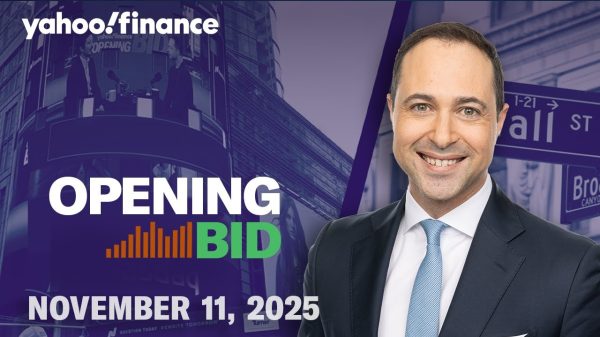Exchange Traded Funds (ETFs) appeared on the investment scene in 1993, as mutual funds were approaching their seventh decade. The ETF is essentially a modern variant of the mutual fund. Each product is an investment wrapper for a basket of individual assets and professionally managed to a specific investment index or objective. Major differences exist in the way the products are traded and managed, the cost of ownership and their potential tax efficiency.[1]
Which product structure should you choose? You can make an informed decision by understanding how the products contrast and compare.
Trading
One of the biggest differences between these products is the way they’re traded.
ETFs are negotiable securities that are bought and sold on a stock exchange at market prices. Like stocks, their price will fluctuate throughout the day.[2] All-day trading gives active investors the opportunity to react to changing market conditions in real time and execute trades quickly.
Mutual funds, on the other hand, are not listed on an exchange and are purchased and sold through financial professionals, brokerage firms, and directly from fund companies. Shares trade once per day, so all mutual fund investors trading on the same day receive the same price. ETFs trade only in whole shares, whereas mutual funds trade in whole and fractional shares as well as in flat dollar amounts that lend themselves to dollar-cost averaging.[3]
The share price of a mutual fund is based on the net asset value of the underlying securities. For ETFs, there’s a bid price and an ask price, and the shares trade only when a seller agrees to the bid price or the buyer to the ask price. If there’s a big market for an ETF, like there is for an S&P 500 Index ETF, then the spread between the bid and ask prices is usually narrow and the cost to trade is reasonable. If it’s a niche market ETF that has little volume or holds illiquid assets, then the spread can be far wider, and the trading cost is higher.[4] ETFs have a built-in creation/redemption mechanism that helps keep prices aligned with the value of the underlying asset by mitigating the full impact of market forces on pricing.
A brokerage commission sometimes applies to ETF trades, which can be a consideration for active traders. It’s typically a flat fee per trade regardless of size, and if you’re paying $25 or more each time you buy and sell, the commission cost can add up.[5] If you’re actively trading mutual funds and sales loads or redemption fees apply, consider moving your money to no-load funds that also have low operating expenses.
Portfolio Management & Cost of Ownership
ETFs were originally introduced as low-cost, passively managed investments that tracked domestic large cap stock indexes. At year-end 2022, 30% of 2,844 ETFs available were in the domestic large cap category[6], and the vast majority were still passively managed to a benchmark.
In contrast, most mutual funds are actively managed to outperform a selected index. Consistent outperformance is difficult to achieve, and in my opinion, rarely justifies paying higher fees for active management in transparent, robust markets. I typically recommend index mutual funds or ETFs for core holdings such as blue-chip stocks and high-quality bonds. I favor actively managed investment products in niche or less efficient markets where proprietary research and specialized expertise add real value. Examples of the latter would be high-yield bonds or emerging market equities.
When it comes to index investing, ETFs generally have a cost advantage over no-load mutual funds. While cost differences may seem small, they can be a significant drag on long-term performance. The passive management method of ETFs and mutual funds can also impact expenses, and ultimately, returns. I gravitate toward products that fully replicate an index and avoid those that use representative sampling. In my experience, sampling can lead to underperformance due to poor stock picking and high transaction costs.
Tax Efficiency
If you are saving in a qualified retirement account, both products are equivalent from a tax perspective. ETFs are the clear winner in taxable accounts because they may have lower turn-over and use a special process to manage the cost basis of their holdings.[7] In contrast, mutual fund investor redemptions can force the sale of fund shares, resulting in capital gains for shareholders.
Risk
People often ask me if ETFs are riskier than mutual funds or vice versa. It’s really a toss-up when it comes to market, inflation, and credit risk. ETFs, however, can pose more liquidity risk than mutual funds in thinly traded markets.
Comparing ETFs and mutual funds comes down to comparing the structure of two different products, both of which are investment wrappers. While the structure of the investment is relevant, it’s the type of securities that the mutual fund or ETF is invested in that’s most important to the successful pursuit of your financial goals.
Sources:
Other sources consulted for this article were fidelity.com and vanguard.com
Read the full article here












